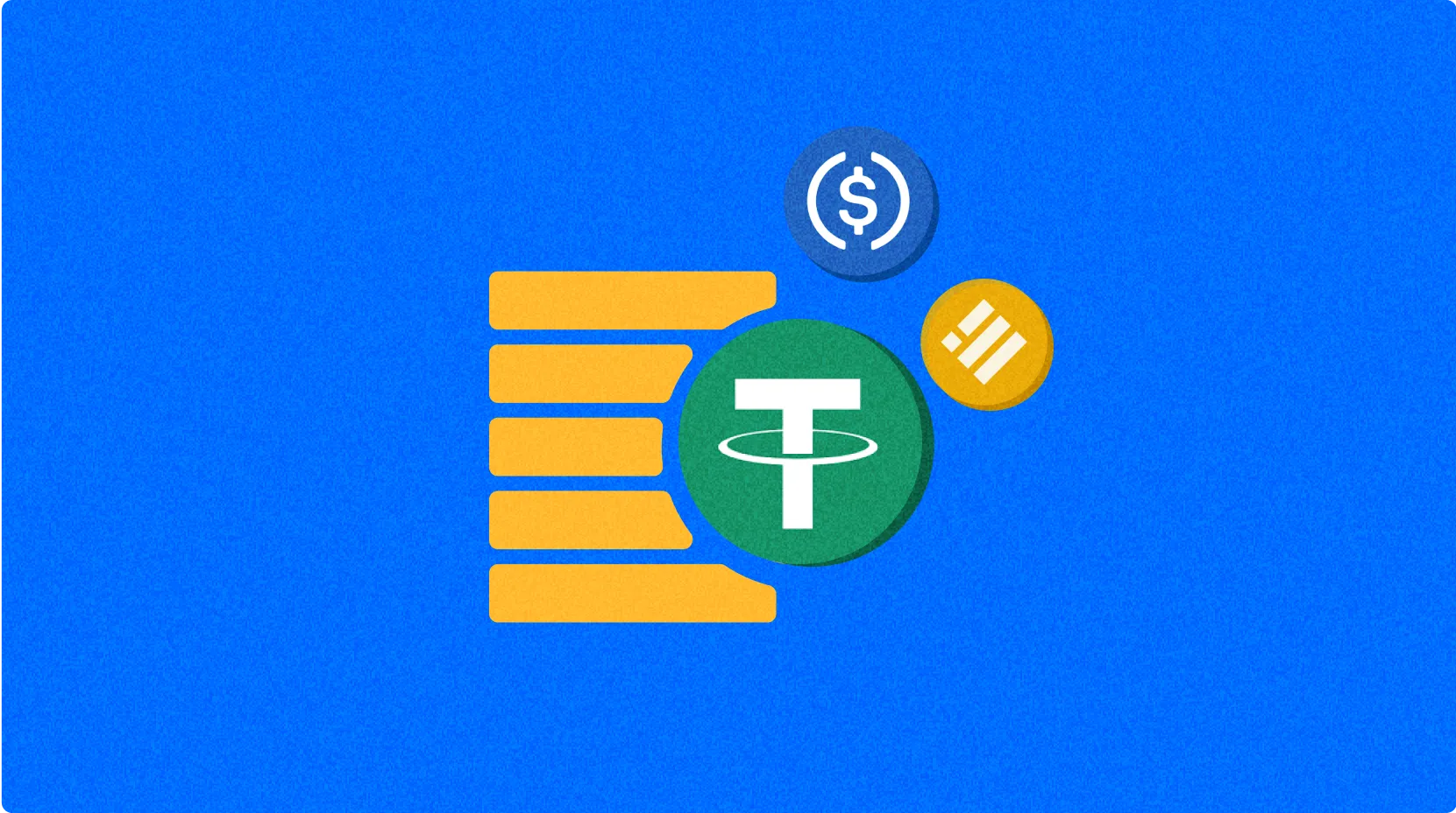Custodian

In the cryptocurrency domain, a custodian refers to a third-party institution or service provider responsible for securely storing and protecting clients' digital assets. These entities employ specialized security measures and technical infrastructure to provide digital asset safekeeping services for institutional investors and individual holders, addressing the security risks and technical complexities associated with self-custody of private keys. The emergence of crypto custodial services signals the industry's evolution toward greater standardization and institutionalization, creating necessary conditions for traditional financial institutions to enter the crypto market.
Custodians have had a profound impact on the cryptocurrency market. First, professional custody solutions have significantly lowered the entry barriers for institutional investors, prompting large financial institutions like Fidelity and Northern Trust to begin offering crypto asset services. Second, the standardization of custodial services has gradually incorporated crypto assets into traditional financial regulatory frameworks, enhancing market compliance and transparency. Furthermore, the development of custody services has catalyzed new business models such as Staking-as-a-Service and yield aggregators, enriching the functionality of the crypto ecosystem.
However, crypto custodial services face multiple challenges and risks. Regulatory uncertainty is a major obstacle, with different jurisdictions having varying definitions, qualification requirements, and liability obligations for custodians, increasing the complexity of cross-border operations. Technically, custody solutions must balance security with accessibility, both preventing hacker attacks and internal threats while ensuring clients can timely operate their assets. Moreover, the contradiction between centralized custody and the decentralized spirit of blockchain has sparked industry controversy, with some purists arguing that reliance on third-party custody contradicts the original intention of cryptocurrencies.
Looking ahead, crypto custodial services are evolving toward diversification and technological innovation. Cryptographic technologies such as multi-signature, Hardware Security Modules (HSM), and Multi-Party Computation (MPC) continue to optimize custody solutions, enhancing security while maintaining operational convenience. We also see increasingly blurred boundaries between custody services and DeFi (Decentralized Finance), with hybrid custody models emerging that combine centralized security and decentralized flexibility. As digital asset classes expand, future custody services will extend beyond cryptocurrencies to cover broader digital assets including NFTs, tokenized securities, and Central Bank Digital Currencies.
The emergence of custodians addresses key pain points in the cryptocurrency world—asset security and manageability—providing infrastructural support for the industry's transition from early speculative phases toward mature financial markets. Although custodial services create some tension with blockchain's decentralization philosophy, at the current stage, professional custody solutions undoubtedly serve as an important bridge connecting traditional finance with crypto innovation, creating necessary conditions for the mainstream adoption of digital assets.
Share
Related Articles

False Chrome Extension Stealing Analysis

Gate Research: 2024 Cryptocurrency Market Review and 2025 Trend Forecast
